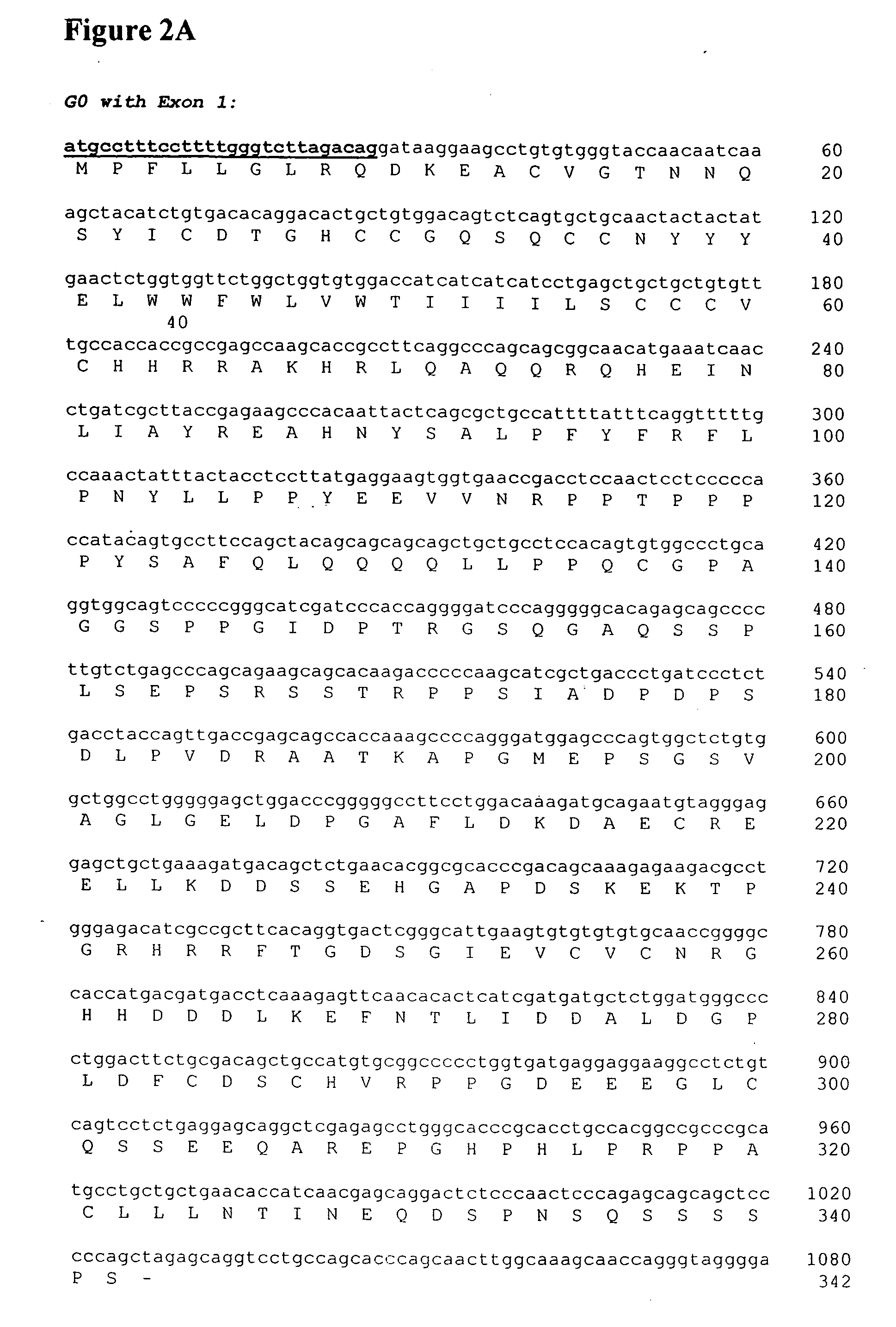Outcome prediction and risk classification in childhood leukemia
a risk classification and outcome prediction technology, applied in the field of outcome prediction and risk classification in childhood leukemia, can solve the problems of significant number of children, still recurrence, and unfavorable prognosis of acute leukemia
- Summary
- Abstract
- Description
- Claims
- Application Information
AI Technical Summary
Benefits of technology
Problems solved by technology
Method used
Image
Examples
examples
[0087] The present invention is illustrated by the following examples. It is to be understood that the particular examples, materials, amounts, and procedures are to be interpreted broadly in accordance with the scope and spirit of the invention as set forth herein
example ia
Laboratory Methods and Cohort Design
Leukemia Blast Purification, RNA Isolation, Amplification and Hybridization to Oligonucleotide Arrays
[0088] Laboratory techniques were developed to optimize sample handling and processing for high quality microarray studies for gene expression profiling in leukemia samples. Reproducible methods were developed for leukemia blast purification, RNA isolation, linear amplification, and hybridization to oligonucleotide arrays. Our optimized approach is a modification of a double amplification method originally developed by Ihor Lemischka and colleagues from Princeton University (Ivanova et al., Science 298(5593):601-604 (2002)).
[0089] Total RNA was isolated from leukemic blasts using Qiagen Rneasy. An average of 2×107 cells were used for total RNA extraction with the Qiagen RNeasy mini kit (Valencia, Calif.). The yield and integrity of the purified total RNA were assessed with the RiboGreen assay (Molecular Probes, Eugene, Oreg.) and the RNA 6000 N...
example ib
Computational Methods
[0120] The present invention makes use of a suite of high-end analytic tools for the analysis of gene expression data. Many of these represent novel implementations or significant extensions of advanced techniques from statistical and machine learning theory, or new data mining approaches for dealing with high-dimensional and sparse datasets. The approaches can be categorized into two major groups: knowledge discovery environments, and supervised classification methodologies.
Clustering, Visualization, and Text-Mining
1. VxInsight
[0121] VxInsight is a data mining tool (Davidson et al., J. Intellig. Inform. Sys. 11:259-285, 1998; Davidson et al., IEEE Information Visualization 2001, 23-30, 2001) originally developed to cluster and organize bibliographic databases, which has been extended and customized for the clustering and visualization of genomic data. It presents an intuitive way to cluster and view gene expression data collected from microarray experimen...
PUM
| Property | Measurement | Unit |
|---|---|---|
| threshold | aaaaa | aaaaa |
| threshold | aaaaa | aaaaa |
| threshold | aaaaa | aaaaa |
Abstract
Description
Claims
Application Information
 Login to View More
Login to View More - R&D
- Intellectual Property
- Life Sciences
- Materials
- Tech Scout
- Unparalleled Data Quality
- Higher Quality Content
- 60% Fewer Hallucinations
Browse by: Latest US Patents, China's latest patents, Technical Efficacy Thesaurus, Application Domain, Technology Topic, Popular Technical Reports.
© 2025 PatSnap. All rights reserved.Legal|Privacy policy|Modern Slavery Act Transparency Statement|Sitemap|About US| Contact US: help@patsnap.com



